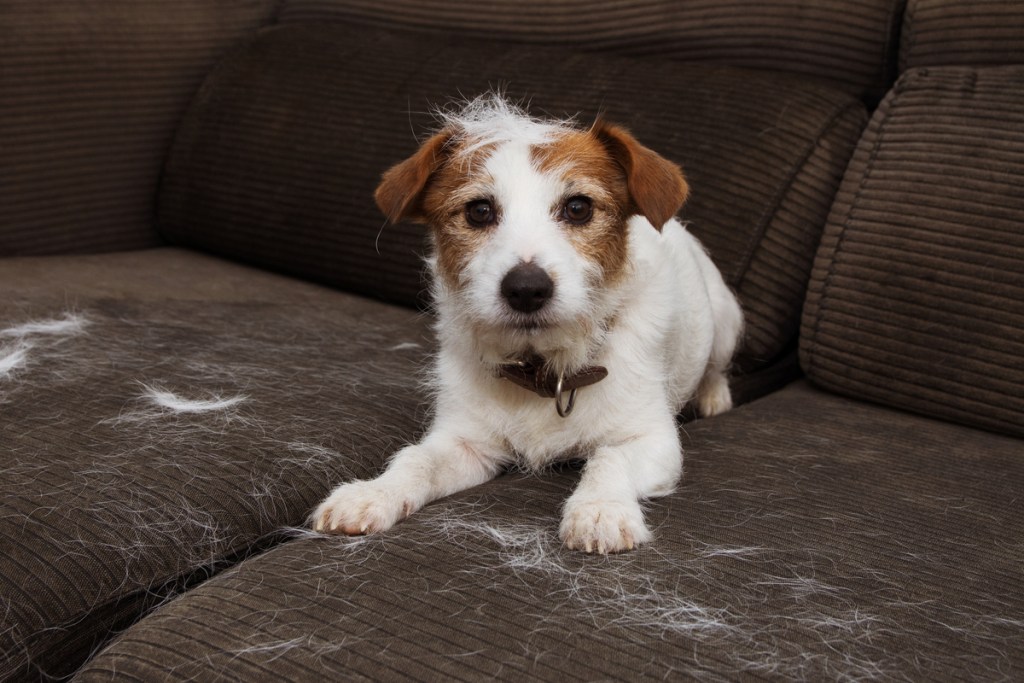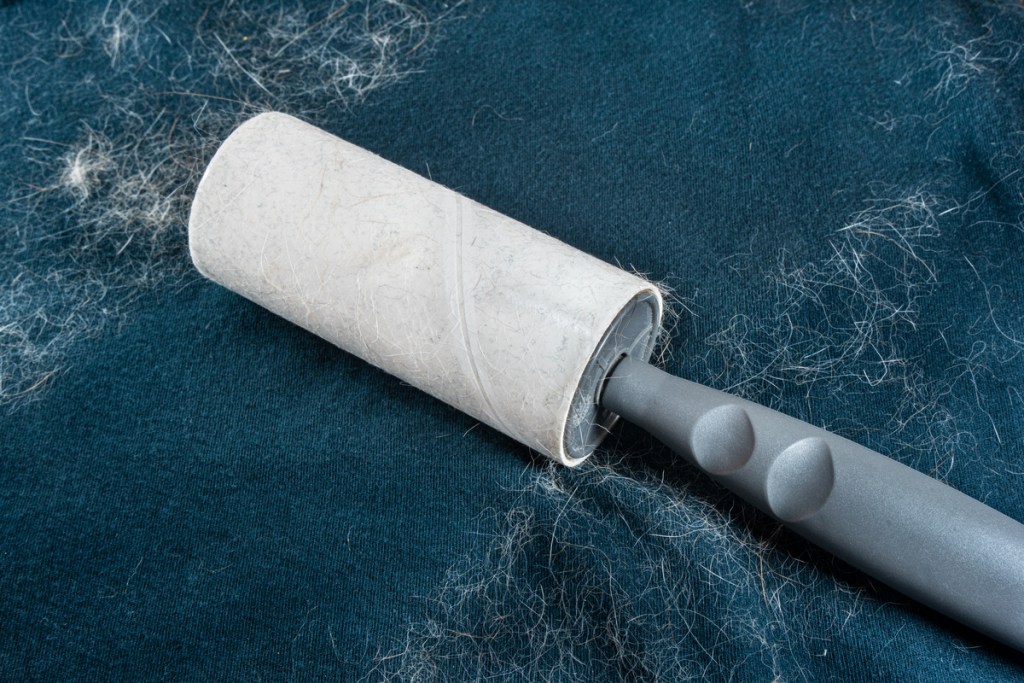Pet hair is just a part of life when you have pets, but cleaning up pet hair can be a real challenge. If you find that pet hair is everywhere, including on your clothes, then it might be time to change your cleaning routine. By investing in the right tools — don’t worry, many of them are highly affordable — you can make the job easier. Plus, these handy tips will change the way you clean, making it less work to get stubborn pet hair out of furniture, carpeting, and even your clothes. While you’ll still need to clean often, these tips will make it easier and save you time.

Invest in a great vacuum
Buying a great vacuum that’s designed specifically to deal with pet hair is one of the best steps you can take in getting your house clean. Look for a vacuum with a motorized head and attachments with bristles that will help pull pet hair up and out of furniture and your carpet. Strong suction will also help with this. Be sure to verify that the vacuum has a wide hose and wide channels, especially in curved areas, since this will let pet hair pass through easily without clogging.
A product like the Bissell 2999 MultiClean Allergen Pet Upright Vacuum can be a great choice. Not only does this vacuum have a tangle-free brush roll with powerful suction to lift up and capture pet hair, but its allergen system helps trap 99.97% of dust and allergens for an overall cleaner home.
If you don’t want to upgrade your vacuum, consider getting a handheld like the Bissell Pet Hair Eraser Lithium Ion Cordless Hand Vacuum. This unit still offers plenty of cleaning power with a motorized brush, but it’s more compact than a full-size vacuum.
You can thoroughly clean on and under furniture with a vacuum and can even clean your car’s upholstery.
Tackle your rugs and carpets
Rugs and carpets can be particularly difficult since pet hair clings to them with impressive strength. You can address this in plenty of ways, though.
- Start with a rubber broom and drag it over your carpets. A rubber squeegee can also work. The rubber’s texture helps grab onto pet hair, pulling it out of carpets and off furniture.
- If you have hardwood, laminate, or tile floors, start with a broom to gather up larger clumps of pet hair. Next, use a Swiffer or other dry mop to capture loose hairs that you’ve missed. You can also follow up with a vacuum.
- Don’t forget to finish up by vacuuming your carpets and furniture. Use a powerhead attachment when possible for deeper cleaning power. A smaller head attachment can get down into the crevices of your furniture for a deep clean.

Address clothes and furniture
Pet hair also has a way of getting trapped on both clothes and furniture. It can even quickly transfer from your furniture to your clothes, so it’s best to address both of these areas simultaneously. Luckily, you’ve got multiple tools at your disposal.
- Clothes are often easily cleaned with a lint roller, which you can use on furniture, too. You might have luck putting your clothes in a dryer with a dryer sheet for a few minutes to remove leftover hair.
- Another neat hack is to put on rubber gloves and get them just slightly damp. Using a flat hand, scrape the gloves along your clothes or furniture repeatedly. This can gather up pet hair into little clumps that you can then remove. You can also try this same technique with a dry or damp clean sponge.
- If you don’t have rubber gloves handy, dampening your hands and then wiping down the surface can help. This works particularly well with clothes.
Cleaning up pet hair around the house can be a lot of work, and it’s time-consuming even with the right tools. Don’t forget that prevention is also an important part of minimizing the work you’ll face. Have your pet groomed regularly — you can either do this at home or take your pet to a groomer. If you do the grooming yourself, take your pet outside for the process to keep the excess hair out of your home. Regular grooming can cut down on the amount of shedding that happens in your house.
Even with regular grooming, your pet will still leave behind plenty of hair. You can minimize the mess by using furniture covers and by keeping pets out of certain rooms, like a living room, unless they’re enjoying time there with you. You also can cut down the pet hair by using a blanket that your pet likes to cover up their spot on the couch or favorite chair. You’ll still have some cleaning to do, so make sure you clean your house thoroughly and often. The more frequently you clean, the easier the job will be and the faster it will go.


